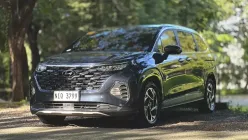When mentioning South Korea in the context of the automotive industry, one can’t help but wonder at the scale involved. In case it isn’t apparent yet, the country is the fifth largest auto market in the world in terms of unit production, as well as the sixth largest globally by export volume.
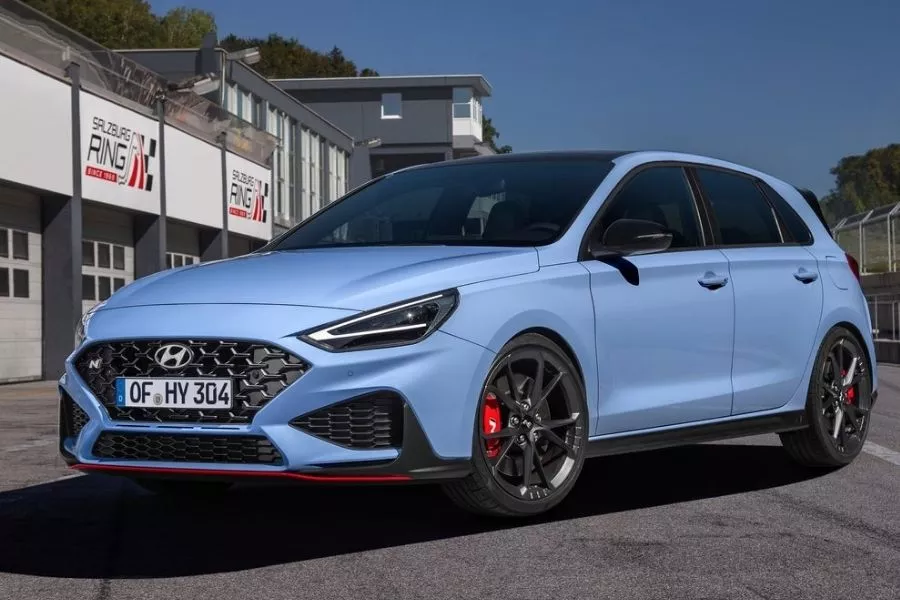
South Korea is a major force to contend with on the global automotive stage
At the end of the Korean War in 1953, the United States and the Republic of Korea signed a military alliance that permanently stationed U.S. troops in the Asian nation. That meant an abundance of military hardware, including the Willy’s Jeep which became the basis for the first-ever Korean car in 1955: the Sibal (beginning), with a body hand-built from used oil drums.
That marked the dawn of South Korea’s automotive industry, now largely linked to Hyundai which started off as an engineering and construction firm in 1947, but it was only 20 years later that it formally established an automotive arm initially tasked with assembling and marketing badge-engineered versions of the Ford Cortina Mark II. Domestic sales were aided by a five-year development plan instituted by then-President Park Chun-hee which included banning imported cars, making locally assembled ones the default choice for Koreans.
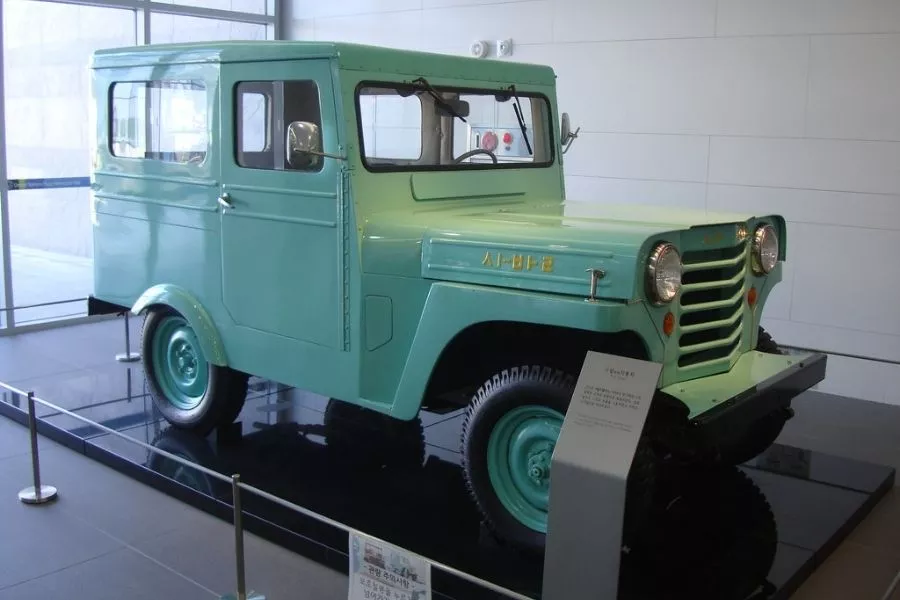
The Sibal was the first-ever car made in Korea, based on the Willy's Jeep [Image: Jens-Olaf Walter/Flickr]
Hyundai eventually teamed up with British engineers in its quest to design its own model, culminating in the Pony in 1975, the first mass-produced and exported car from South Korea. It had a body styled by the famed Giorgetto Giugiaro’s Italdesign firm and a choice of three powertrains sourced from Mitsubishi.
>>> Related: Check out Hyundai Getz 2017 for sale here.
The Pony was followed by the Excel, significant in its own right for being the first Hyundai model with a front-wheel drivetrain, as well as the first one to be exported to the U.S. market. It was based on the second-generation Mitsubishi Mirage, and was again penned by Giugiaro. It was favorably received in North America, gaining a Best Product nomination from Fortune Magazine in 1986 because of its affordable $4,995 retail price (Php 240,000 at current rates).
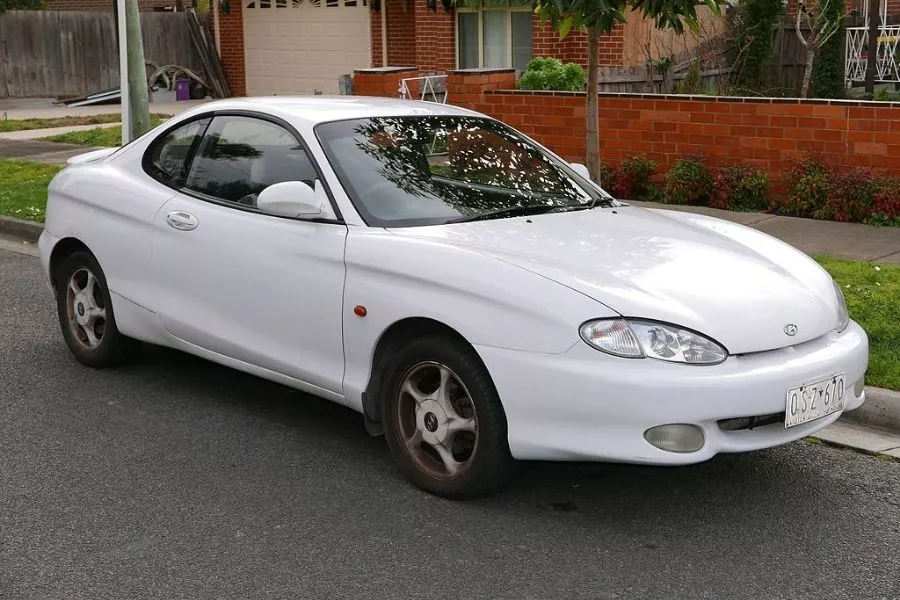
Part of Hyundai's turnaround in the U.S. market was the Tiburon sports coupe
However, the Excel's initial success soon wore off as its flaws became apparent, along with compromised quality and reliability as Hyundai wanted to keep costs down. Although the Sonata sedan still used a Giugiaro design and Mitsubishi underpinnings, it marked the first time Hyundai manufactured a car using its own technology in 1988.
The company’s turning point came a decade later in 1998, when it began making heavy investments in design, manufacturing, quality control, and long-term research, overhauling its image and returning to consumers’ good graces. U.S. market sales bounced back by 82 percent, powered by Hyundai’s four aces – the Accent, Elantra, Sonata, and Tiburon. It was also the year when Hyundai acquired a majority stake in rival Kia Motors.
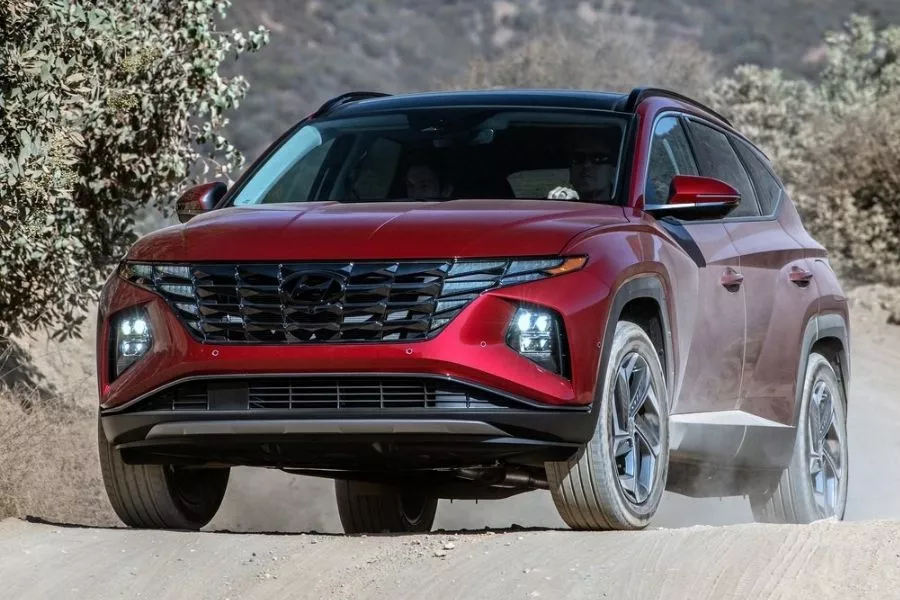
The new generation Hyundai Tucson is set to follow in its best-selling predecessor's footsteps
While stirrings of its luxury ambitions began in the new millennium, Hyundai would only go full throttle with the release of the Genesis sedan in 2008, which used the carmaker’s first modern rear-wheel-drive mated to a newly-designed V8 engine. This would be followed by a coupe version, and then the Equus which was positioned against the Lexus LS.
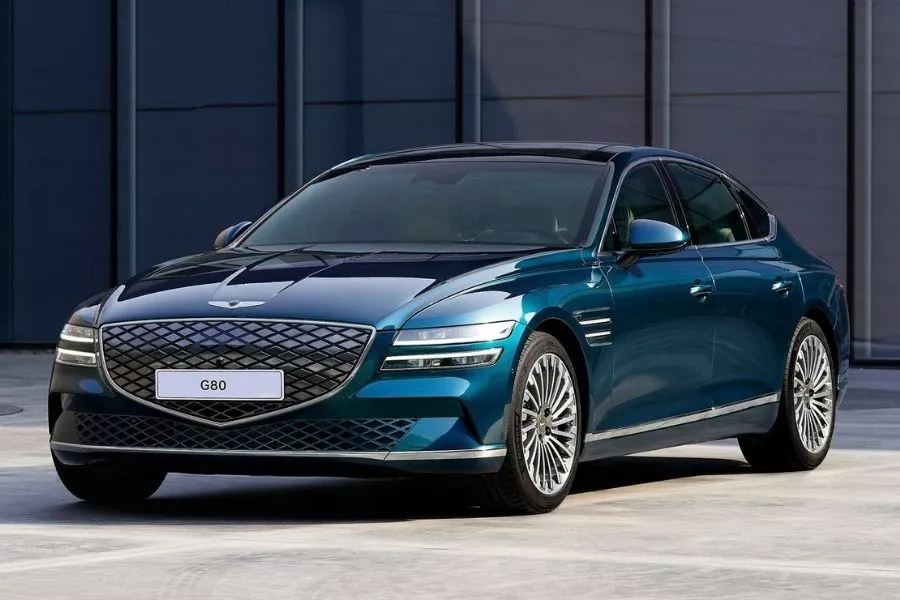
Genesis G80
Genesis would eventually be spun off as a separate luxury brand in 2017, with current lineup that includes the G70, G80, and G90 executive sedans, as well as the GV70 and GV80 luxury crossovers. Hyundai soldiers on with its line of sedans, crossovers, SUVs, and vans, with the ' and Elantra midsize sedan as its best-selling models worldwide as of 2019.
Korean cars have indeed come a long way in the last 66 years, especially with Hyundai now turning its attention to electrification, autonomous driving, and even alternate means of mobility. Interesting to find that K-dramas and K-pop aren’t the only South Korean exports that the world can’t get enough of.
Dig a little deeper into your favorite car brands at Philkotse.com.
Know more about Hyundai

In the local market, Hyundai Motor Philippines Inc., under the leadership of Lee Dong-Wook now sells Hyundai models locally as of 2022.
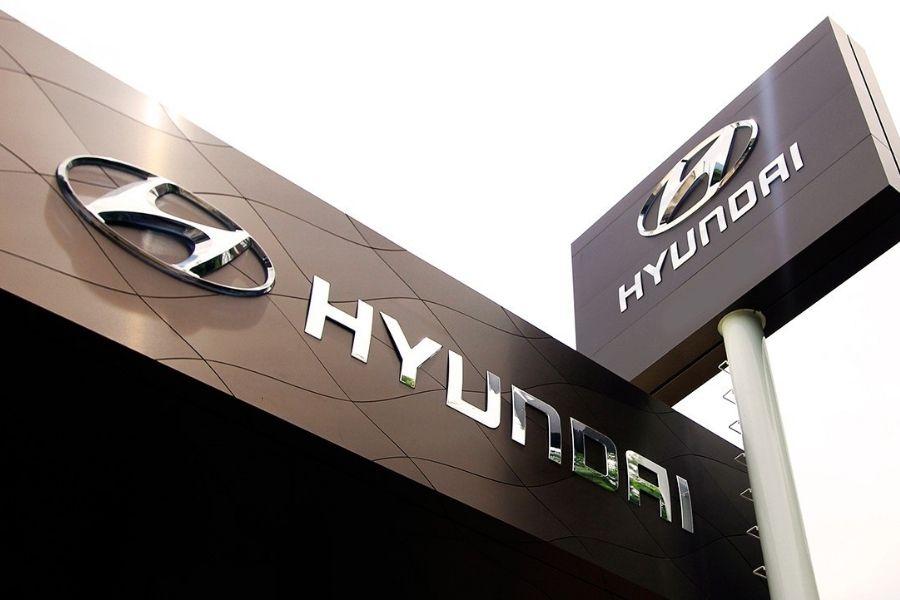
The brand’s lineup consists of the new crossovers which includes the Tucson, Santa Fe, and Creta. Under the MPV category, the Korean marque then has the new Staria model. The most affordable model in the local Hyundai lineup is the Creta's GL variant, which is priced at Php 998,000. The most expensive meanwhile is the Santa Fe, which retails at Php 2,420,000.
Of note, Philkotse makes sure to update its Hyundai car price list as needed. It also provides an up-to-date list of car promos for the said brand, as well as a list of Hyundai dealerships around the country.
Recent posts
- Hyundai Staria up close videos Apr 14, 2021
- Hyundai four-legged car Oct 02, 2020
- 2021 Genesis G80 debuts as a beautifully-crafted Korean luxury sedan Mar 30, 2020
- Genesis ranks top in 2019 Initial Quality Study by J.D Power, followed by Kia & Hyundai Sep 29, 2020






